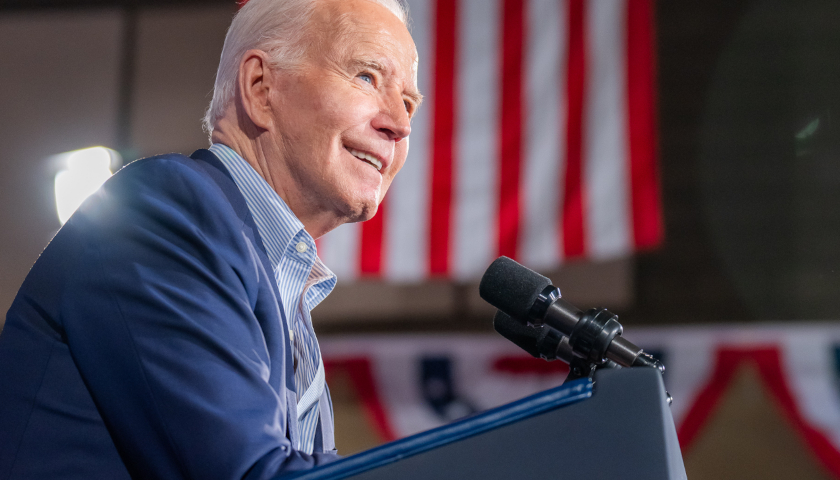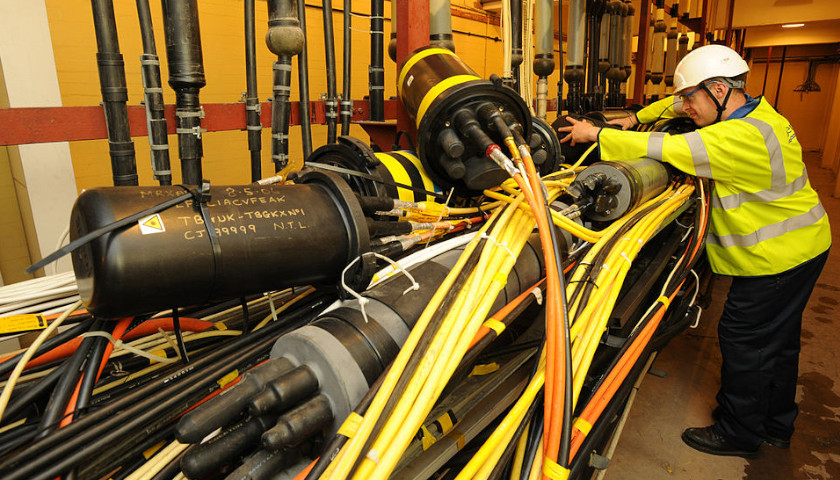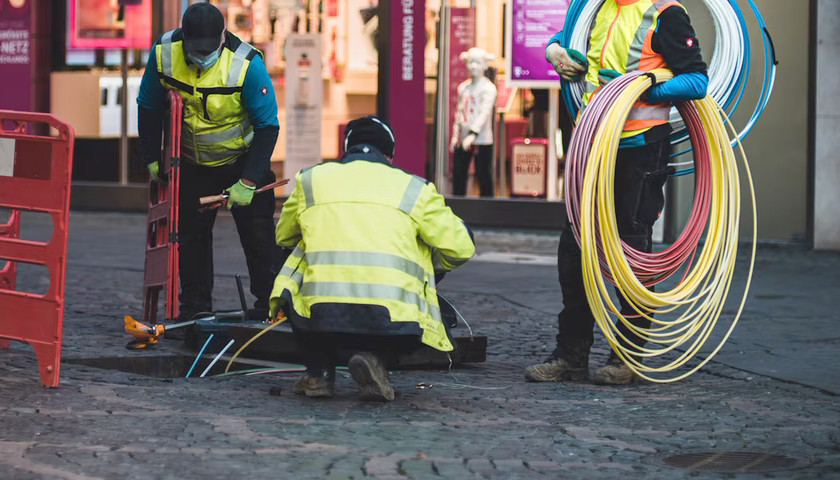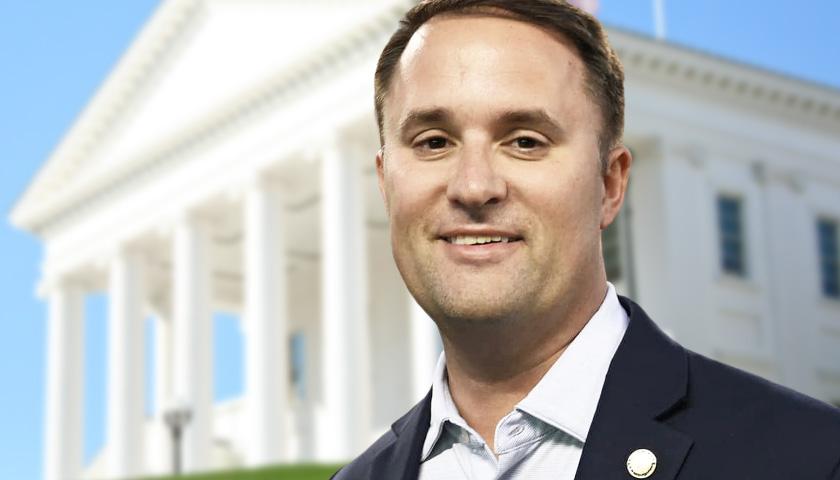by Anthony Hennen
Pennsylvania officials will soon have a five-year action plan for how to build out universal broadband service across the state.
As federal funds roll out nationally, however, demand for labor will be high and could make the task harder.
The five-year plan, required by the federal government to receive the $1.16 billion for expansion, will be submitted to the Pennsylvania Broadband Development Authority for review on July 25 and then goes to the National Telecommunications and Information Administration by August 12.
Public meetings have shaped the report, officials said.
“In areas where service is accessible, the most frequent comments about service are that (it is) inconsistent and unaffordable,” Christopher Taylor, project manager for the consulting firm Michael Baker International, noted in his presentation. “In rural areas, service is inconsistent at best. Frequently participants expressed concern about homes that are unable to have fiber will continue to go unserved/underserved.”
The Department of Community and Economic Development, which houses the Broadband Development Authority, awarded Michael Baker International a $1.2 million contract to develop the five-year plan.
From FCC data, Pennsylvania has more than 279,000 unserved locations where internet speeds are less than 25 mbps, the definition of broadband. Another 54,000 locations count as underserved.
Some common complaints during the public meetings hit on the problems of completing basic tasks.
“Every Community Conversation had comments about the aging population being driven to online services by government and health care yet lacking the digital skills and devices to do so,” Taylor noted.
Rural businesses have had to get creative, too. One commenter gets online at 4 a.m. to place shipping orders because internet speed “is so slow that doing this any other time of day will not work.” Another said that without fiber optics, there’s no way to compete.
Consultants also warned of the outstanding issues they heard from telecom companies.
“Regulation was recognized as a major obstacle to broadband expansion,” Teraira Snerling-Alix of Michael Baker noted in her presentation. “Developing a process to streamline permitting, make-ready, and other barriers is recommended.”
Regulatory concerns have been a consistent red flag waved by private companies, as the Center Square previously reported.
Expansion will face another major hurdle: workforce shortages.
“There is a shortage of consultants and fiber engineering firms to design and expand networks,” Taylor noted. “Rapid support is needed to develop the programs in a timely manner and to make sure that training covers state-of-the-art technologies and techniques.”
To address the 333,000 unserved and underserved locations over the five-year plan, Taylor estimated the high-priority occupations that will be needed: 2,286 mainline splicing crews, 459 buried crews, 305 aerial crews, and 55 splicing crews for last-mile connections.
“You’re gonna need — just in the implementation of building this fiber network in the field — 5,800 to 7,300 personnel for the physical build of a broadband network,” Taylor said.
– – –
Anthony Hennen is a reporter for The Center Square news wire service, covering Pennsylvania, and co-host of Pennsylvania in Focus, a weekly podcast on America’s Talking Network. Previously, he worked for Philadelphia Weekly and the James G. Martin Center for Academic Renewal. He is managing editor of Expatalachians, a journalism project focused on the Appalachian region.








